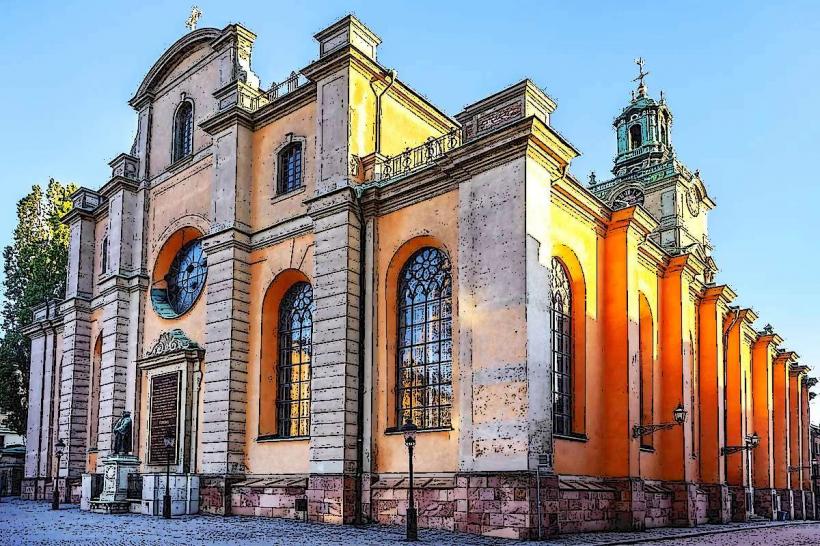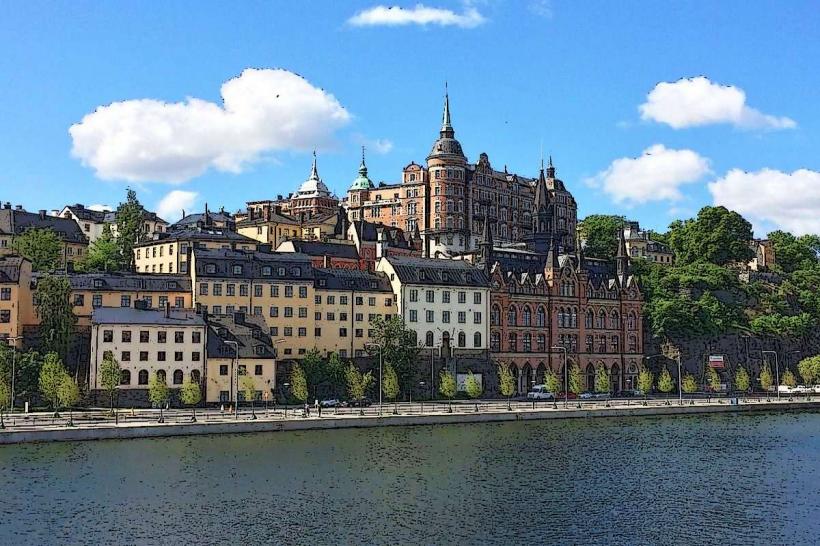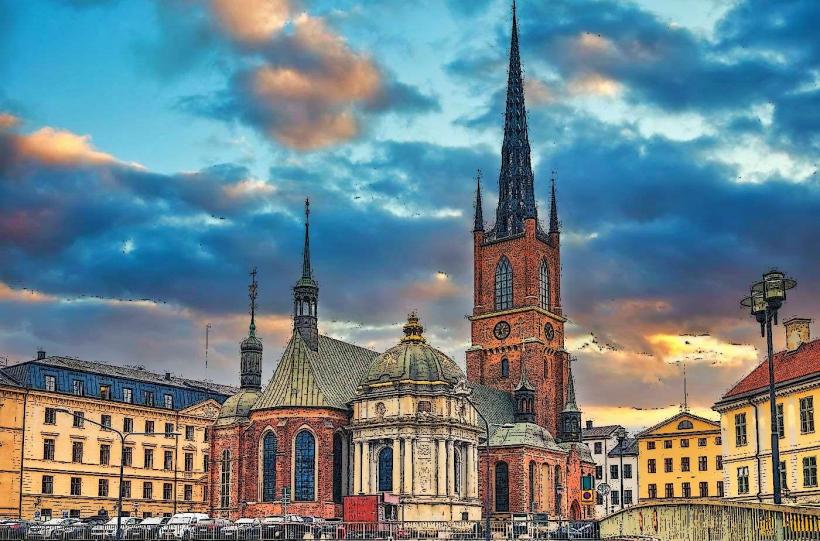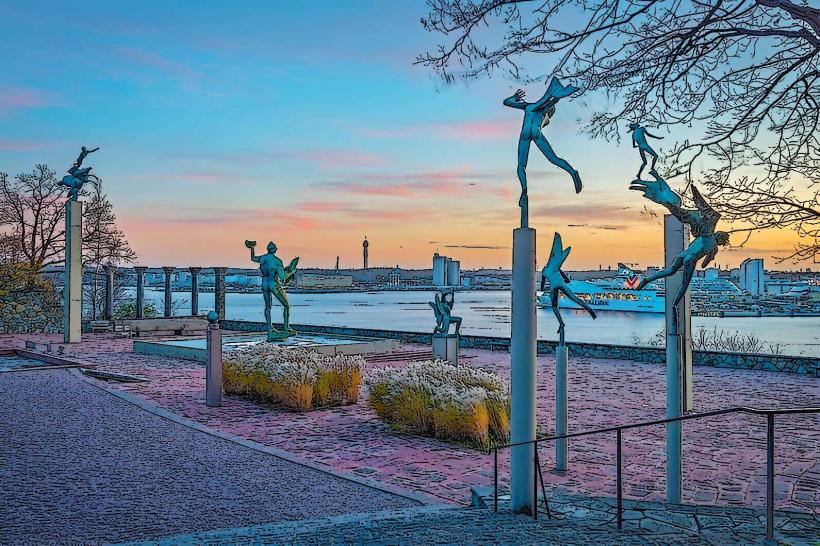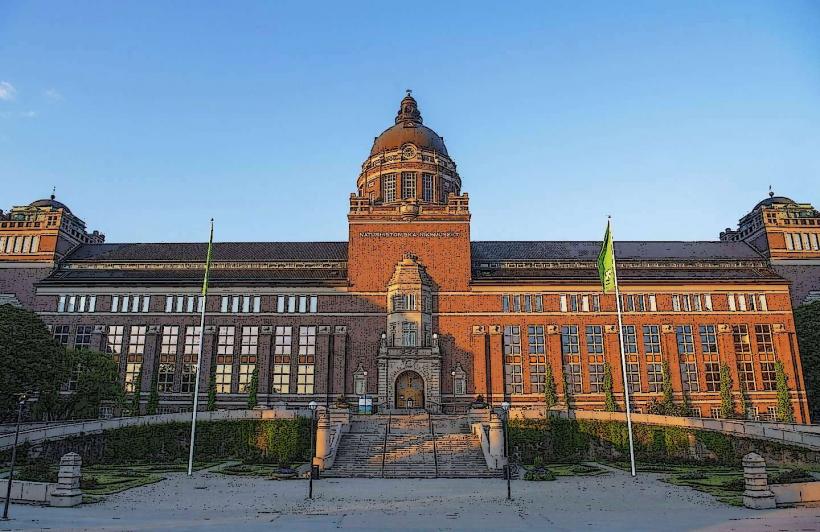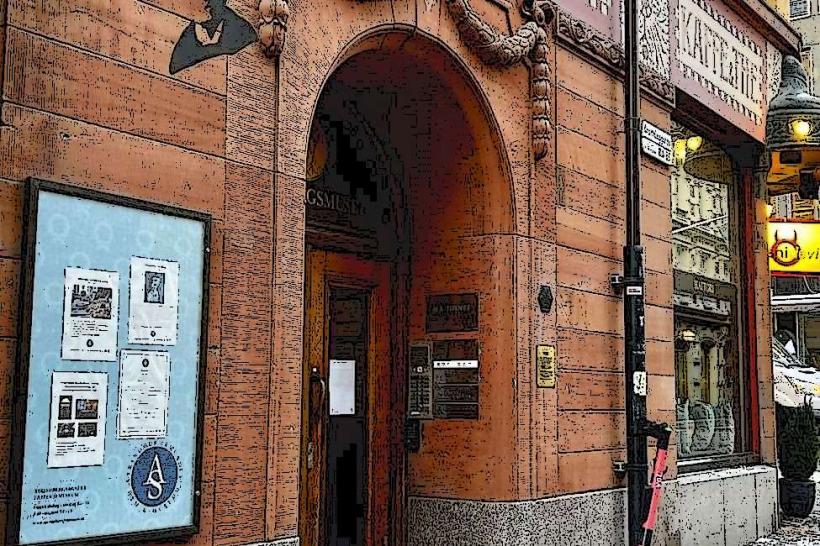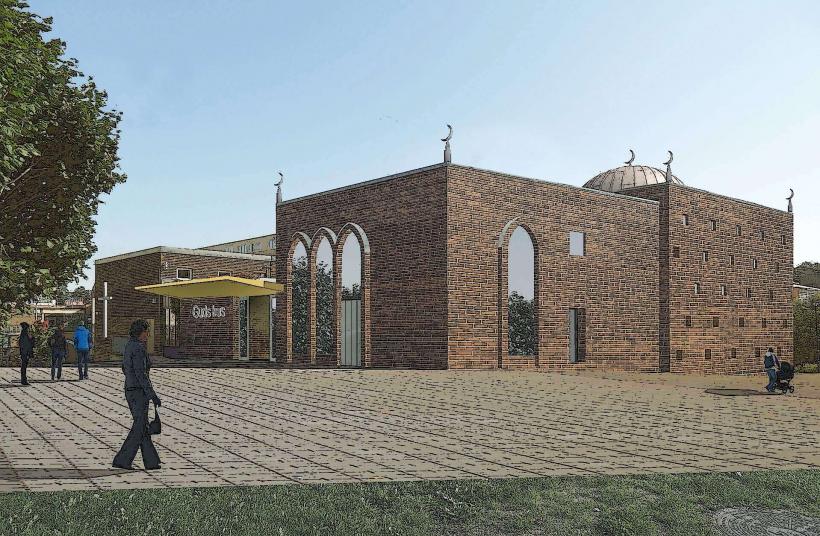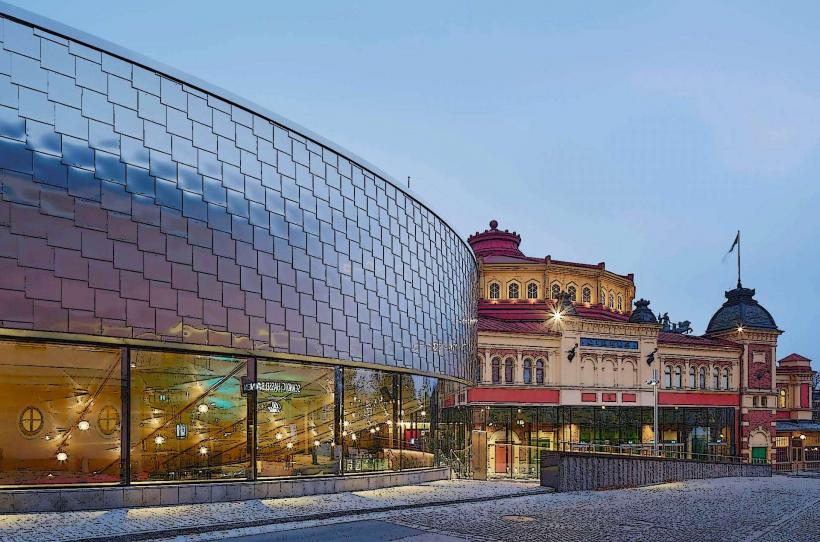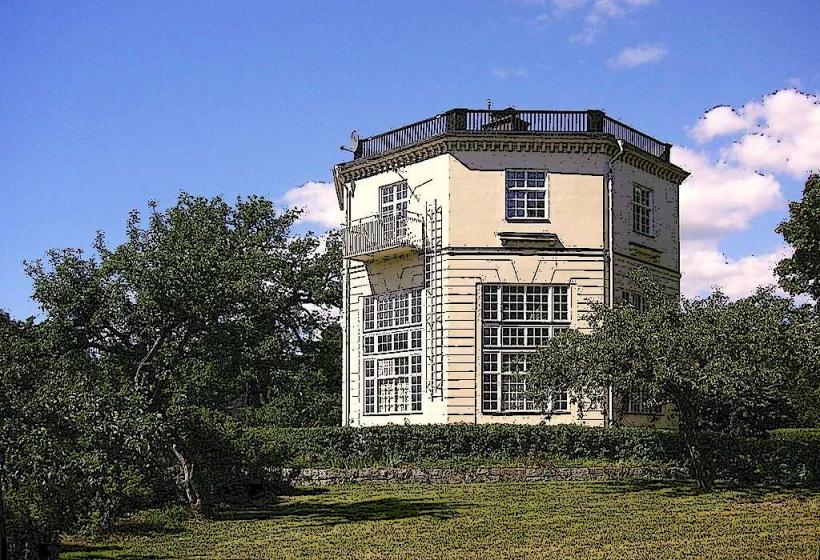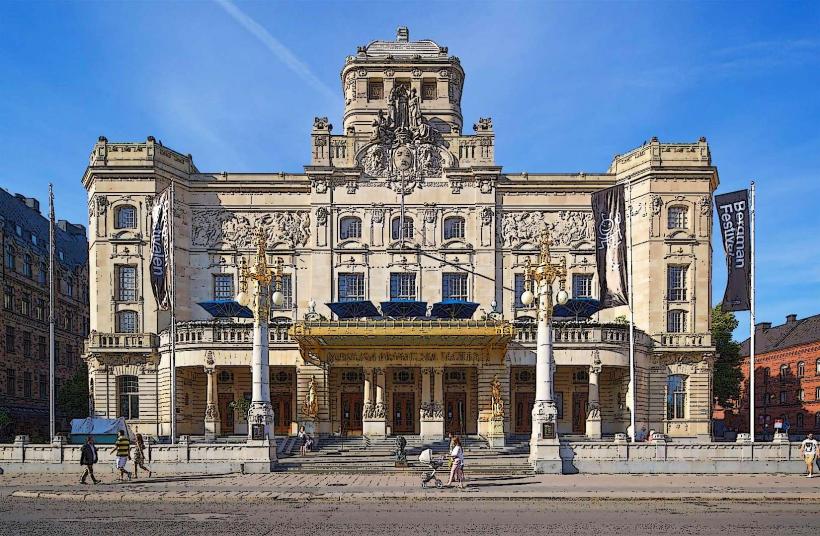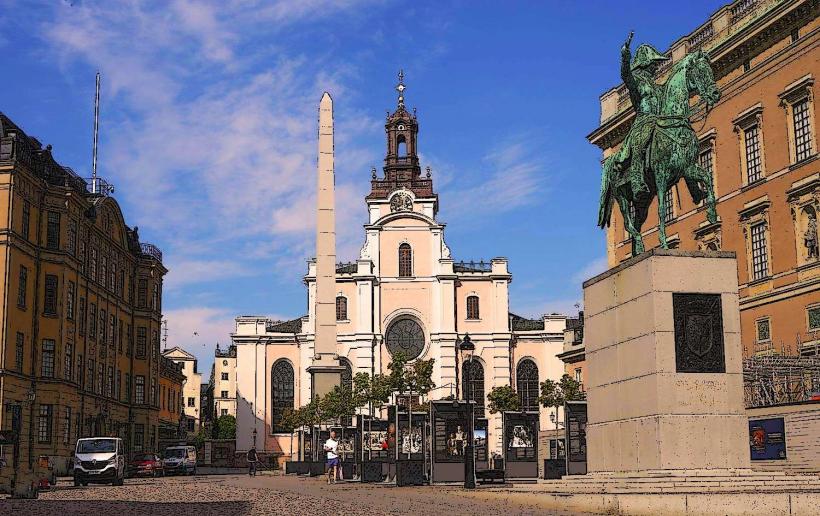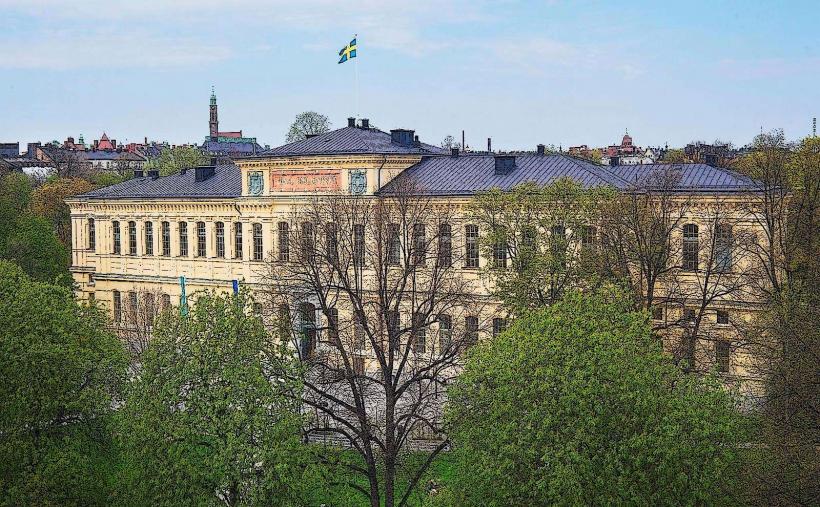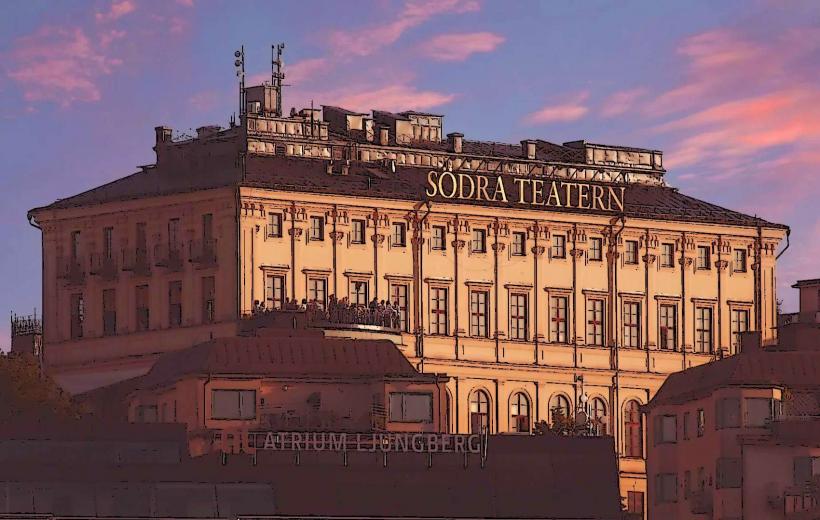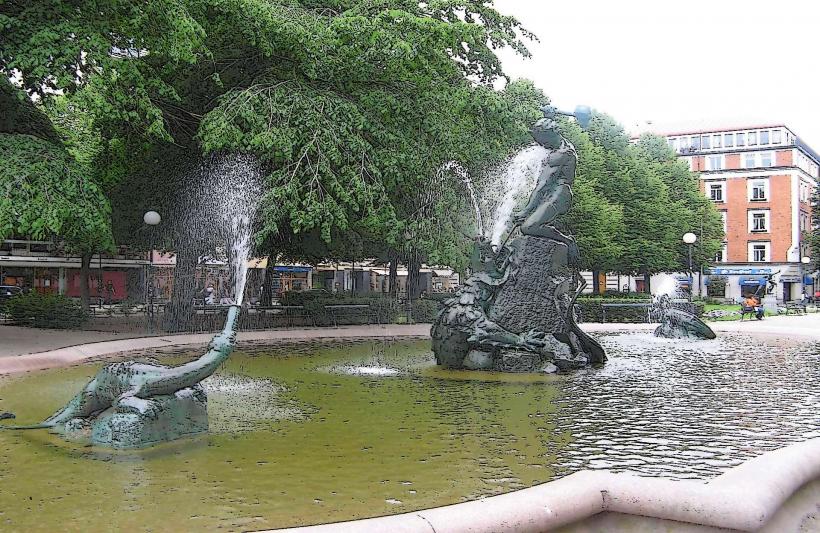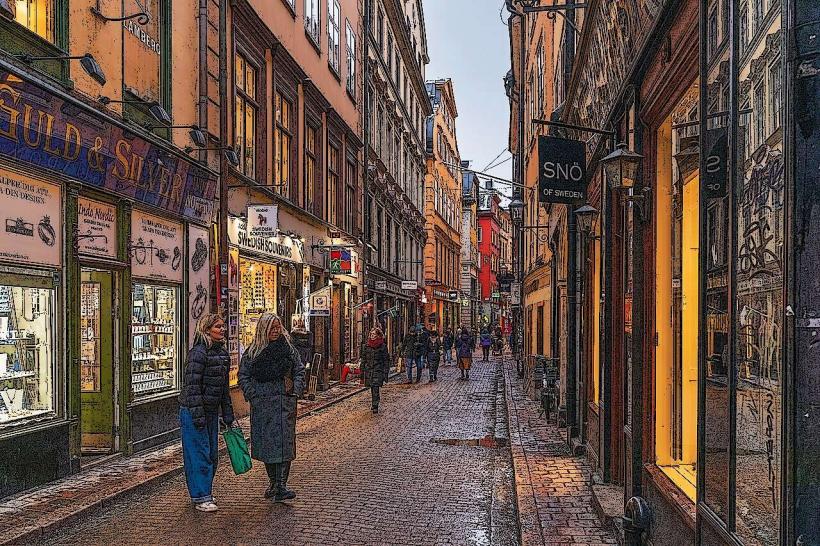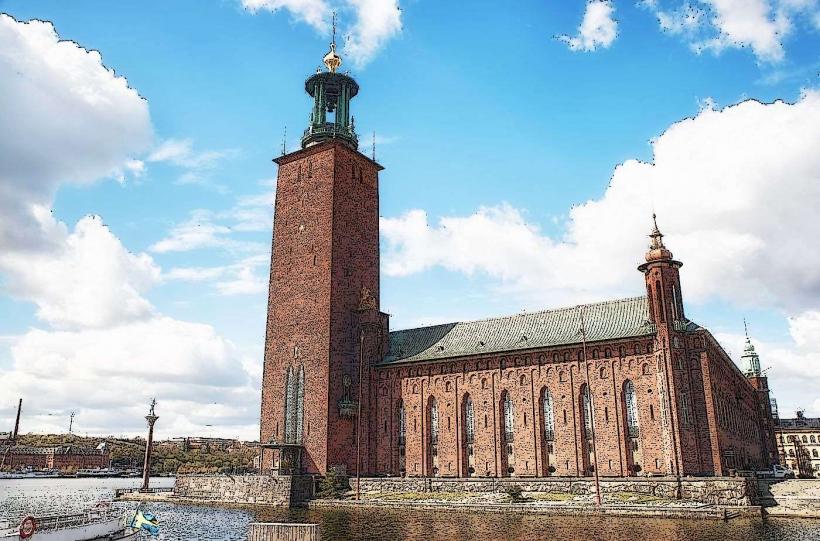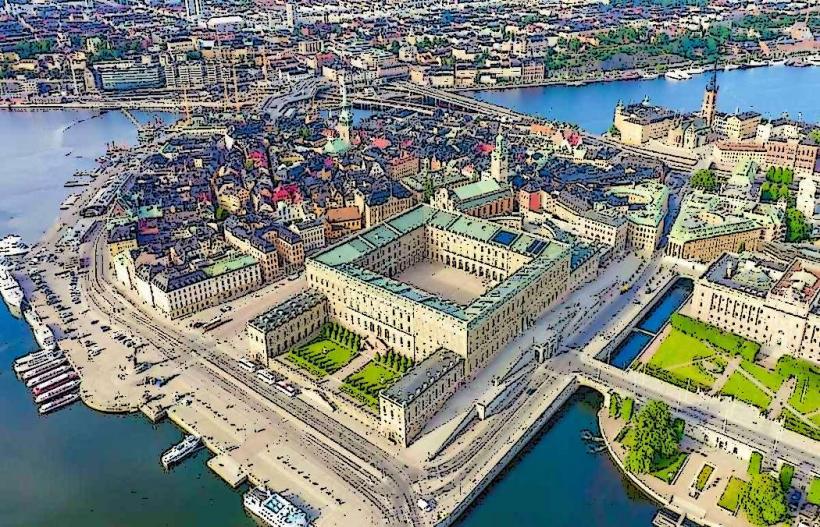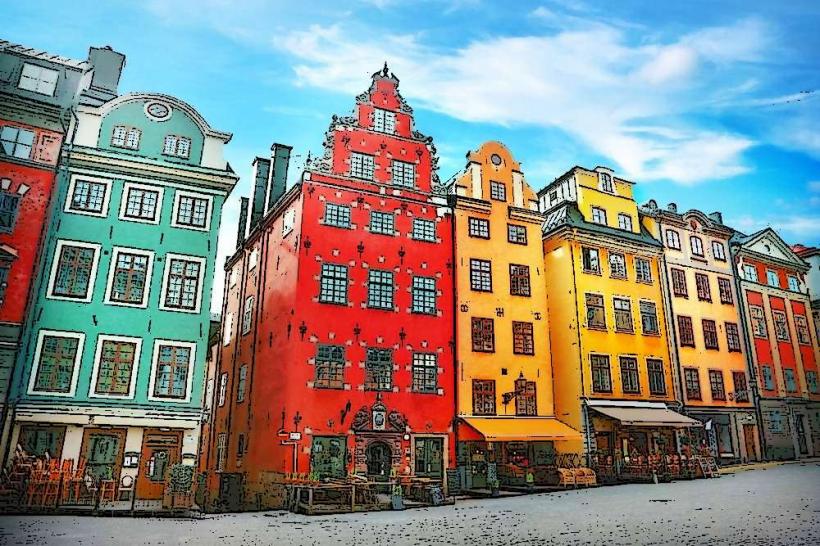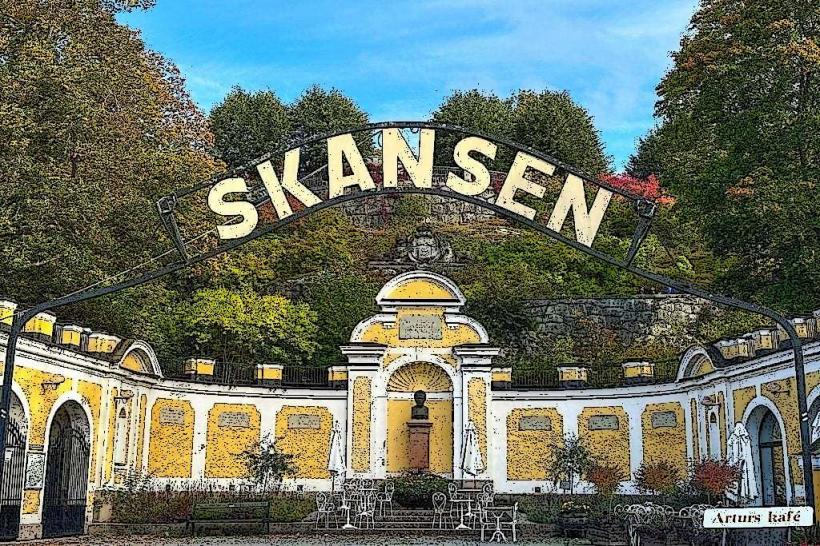Information
Landmark: Great Synagogue of StockholmCity: Stockholm
Country: Sweden
Continent: Europe
The Great Synagogue of Stockholm (Stora Synagogan) is one of Sweden’s most important Jewish landmarks and a beautiful example of Neoclassical architecture. Located in the heart of Stockholm, the synagogue has been a central place of worship and community for the Jewish population in Sweden since its establishment in the 19th century.
1. History of the Great Synagogue of Stockholm
Founding and Early History: The Jewish community in Stockholm dates back to the early 18th century, but it wasn’t until 1838 that the first purpose-built synagogue in Stockholm was inaugurated. Prior to this, Jews had worshipped in private homes or temporary spaces. The Great Synagogue was built to accommodate the growing Jewish population in the city, as the Jewish community had been granted greater civil rights and freedoms during the 19th century.
Construction and Design: The synagogue was designed by the Swedish architect Albert Törnqvist, who was commissioned to create a building that would reflect both the Jewish heritage and the Neoclassical style. Construction began in 1850 and the synagogue was officially opened in 1870. The building was constructed in stone and brick and has a grand, imposing presence that fits with the city's architectural traditions.
Role in the Jewish Community: Over the years, the Great Synagogue of Stockholm has been a focal point for Jewish religious, cultural, and social life in Sweden. It has served as the main place of worship for the Jewish community in Stockholm, as well as a center for events, educational programs, and community gatherings. The synagogue has also played an important role in times of crisis, such as during the Second World War, when it became a symbol of resilience and faith for the Jewish community.
2. Architectural Features
Neoclassical Design: The synagogue is a fine example of Neoclassical architecture, with influences of Romanesque and Byzantine styles. The building is characterized by its large columns, symmetrical layout, and classical detailing. The exterior is made of brick and is painted in soft, light colors, which gives the building an elegant, yet approachable appearance.
The Interior: Inside, the Great Synagogue is equally stunning. The interior features high ceilings, ornate decorations, and beautiful stained glass windows. The synagogue is known for its grand Torah Ark, which is placed at the eastern wall of the prayer hall, and the bimah (the platform from which the Torah is read), which is in the center of the sanctuary.
Main Hall: The main prayer hall can accommodate a large congregation, with rows of wooden pews and a central aisle leading up to the Torah Ark. The interior features a harmonious blend of Jewish symbols and Neoclassical ornamentation, with decorative arches and columns providing a sense of grandeur.
Stained Glass Windows: The stained glass windows are particularly impressive, with intricate designs that incorporate Jewish symbols and biblical scenes. These windows let in natural light, creating a peaceful and spiritual atmosphere inside the synagogue.
Chandeliers and Lighting: The lighting inside the synagogue is another key feature. Several ornate chandeliers hang from the ceiling, adding to the elegant ambiance of the interior. The warm, soft lighting highlights the details of the architectural design and creates a welcoming environment for worshippers.
3. Religious and Cultural Significance
Place of Worship: As a central place of worship, the Great Synagogue of Stockholm hosts regular Jewish services, including Shabbat services, Rosh Hashanah (Jewish New Year), Yom Kippur (Day of Atonement), and other Jewish holidays. It is also the site for life cycle events, such as Bar Mitzvahs, weddings, and funerals.
Jewish Community in Stockholm: The Great Synagogue plays a central role in the cultural and religious life of the Jewish community in Stockholm, which is the largest in Sweden. The community is active in social, educational, and charitable activities, and the synagogue is a hub for these efforts.
Interfaith Dialogue: Over the years, the Great Synagogue has also been an important venue for interfaith dialogue and cooperation. It regularly hosts events that promote understanding and cooperation between different religious communities in Sweden.
Holocaust Memorial: The synagogue serves as a reminder of the importance of remembering the atrocities of the Holocaust. During the Second World War, Sweden maintained a neutral stance, but many Jews in Europe found refuge in the country. The synagogue has been an important place for honoring those who perished in the Holocaust, and it plays a role in preserving the memory of the Jewish experience during that time.
4. Visiting the Great Synagogue of Stockholm
Location: The Great Synagogue is located at Widekievägen 10 in the central district of Norrmalm, Stockholm. It is situated near other landmarks, such as Kungsträdgården Park and the Stockholm Waterfront, making it an accessible site for visitors exploring the city.
Guided Tours and Services: Visitors can take part in guided tours of the synagogue to learn more about its history, architecture, and religious practices. The tours also offer insight into the rich cultural and social history of the Jewish community in Stockholm. The synagogue is open to tourists when there are no religious services taking place, but visitors are asked to respect the sanctity of the space.
Dress Code: Visitors should be aware that the Great Synagogue is a place of worship, so appropriate dress is required. It is customary to wear modest clothing when visiting religious sites, and men are typically asked to wear a kippah (yarmulke) during their visit.
5. Conclusion
The Great Synagogue of Stockholm is a remarkable architectural and cultural landmark that holds deep religious significance for the Jewish community in Sweden. With its stunning Neoclassical design, rich history, and central role in Jewish life, the synagogue is not only a place of worship but also a symbol of faith, resilience, and cultural heritage. Visitors to Stockholm should make time to experience this beautiful building and learn more about the vibrant Jewish history of the city.


